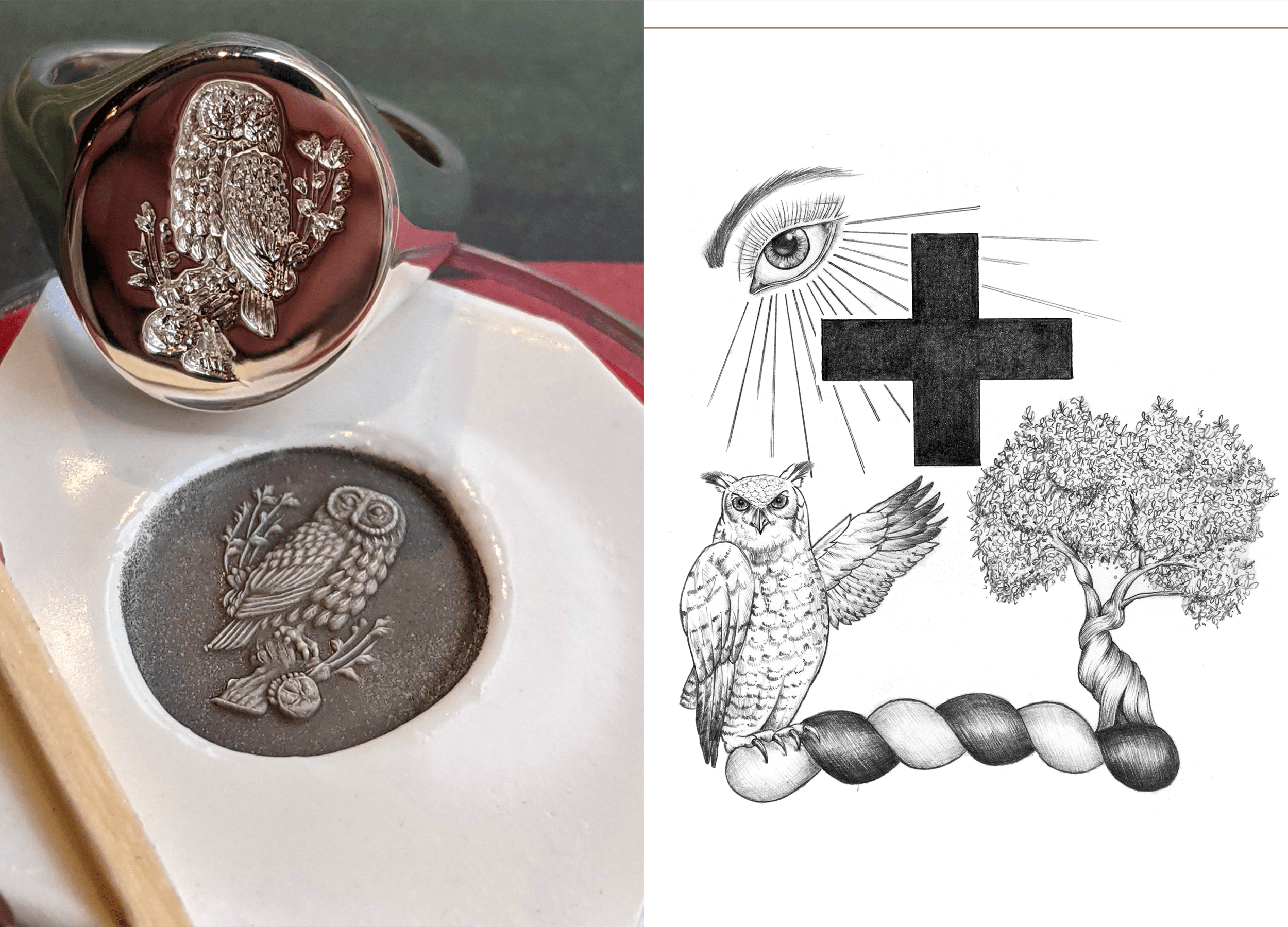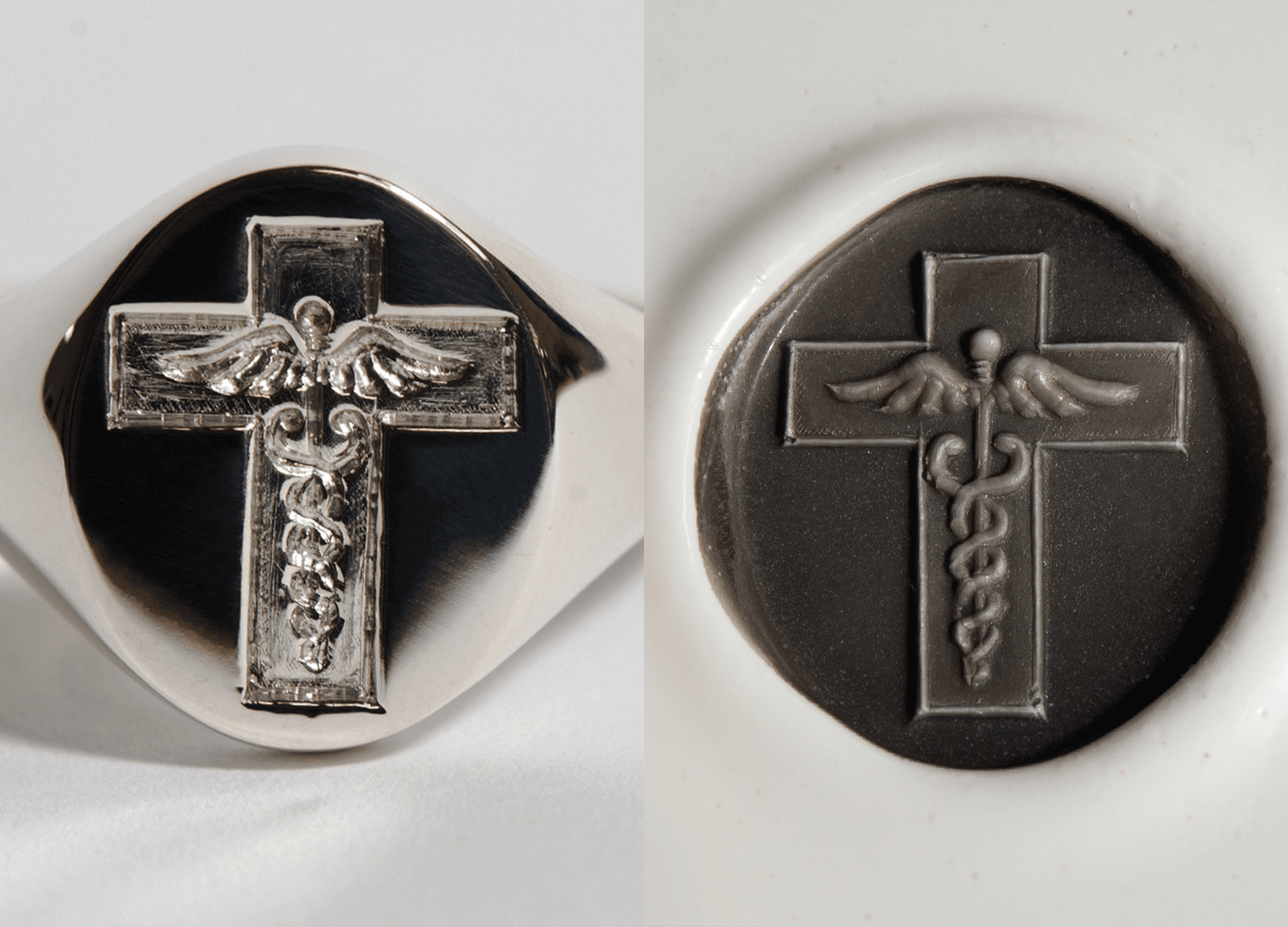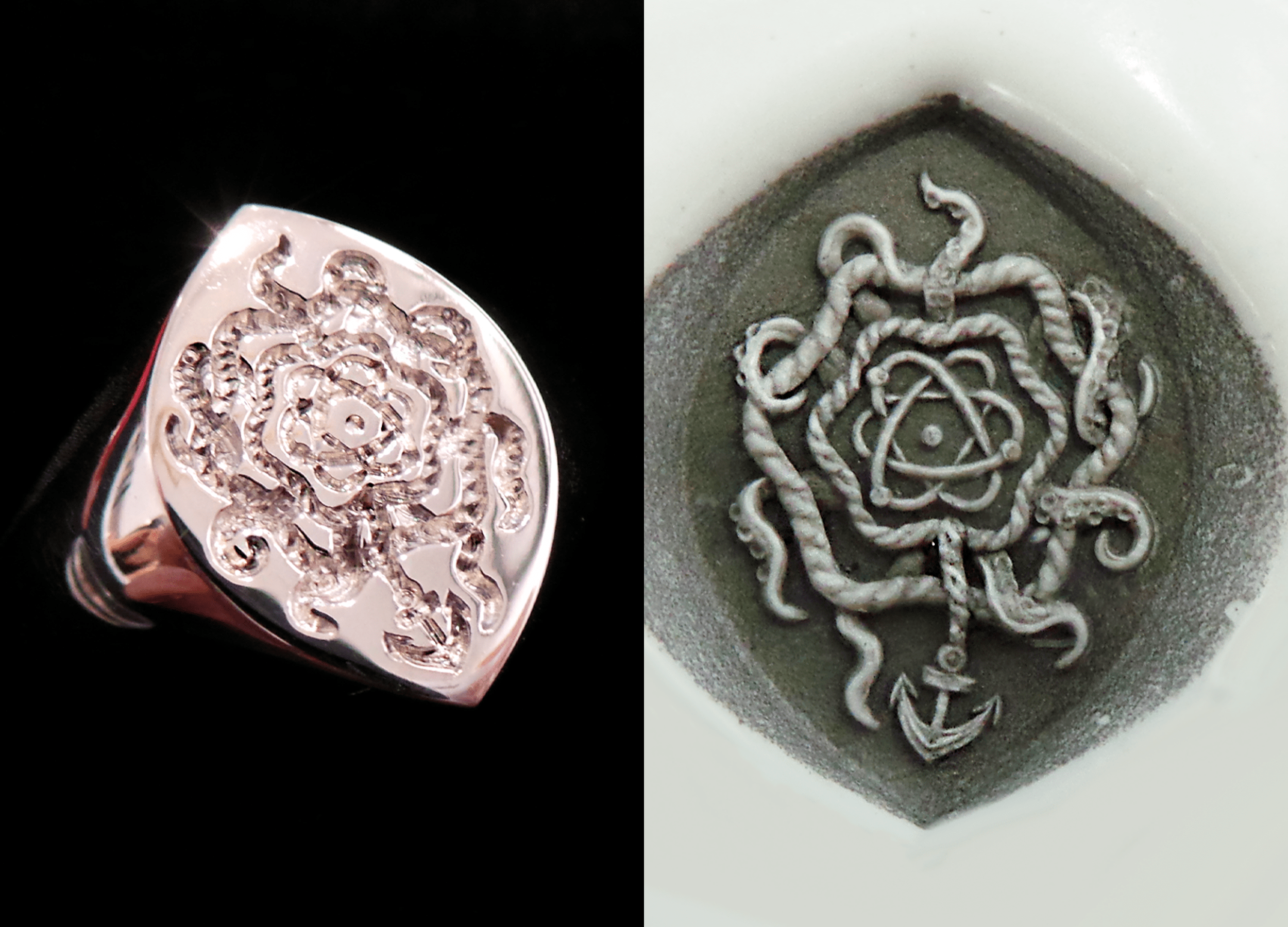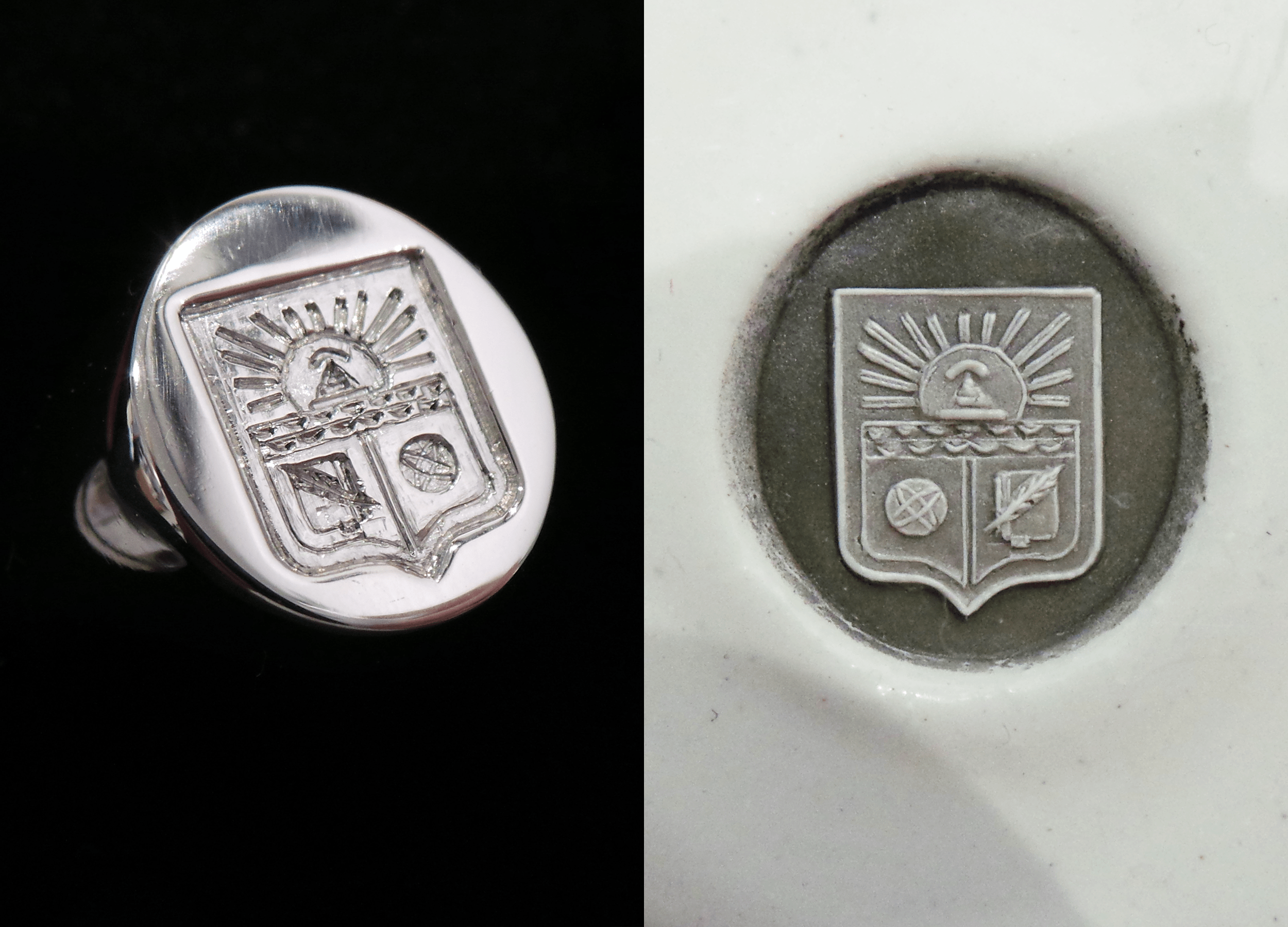Whether you're celebrating a loved one's academic achievements this summer, or fancy yourself somewhat of a scholar, we are on hand with a comprehensive guide to the symbols behind learning and academia.
These symbols play a crucial role in representing the values, aspirations, and significance of education. By understanding their symbolism, we can gain a deeper appreciation for the transformative power of education and the endless possibilities that lie within the pursuit of knowledge.


The owl
The owl, perhaps the most famous of academic symbols, is a figure that embodies wisdom, intellect, and scholarly pursuits. In Greek mythology, Athena, the Goddess of Wisdom, had an owl as her sacred companion, guarding her blindside. The owl's ability to see in the dark is said to signify the enlightened mind's capacity to navigate through ignorance and uncover truth. The owl has therefore become symbolic of the pursuit for knowledge and the importance of wisdom.
Caduceus and the Rod of Asclepius
These two ancient symbols are most commonly associated with the study of medicine. In Greek mythology, the Caduceus - a staff with wings entwined with two snakes - is carried by Hermes. While sometimes used in medicine, it is more traditionally known as a symbol of logistics.
The Rod of Asclepius - made up of a single serpent coiled around a staff and wielded by the eponymous Greek god - is in fact, the true symbol of healing, and represents the art and science of medicine. Healthcare professionals will be familiar with Asclepius, as the opening invocation of the Hippocratic oath bears his name, “I swear by Apollo the Healer and by Asclepius and by Hygieia and Panacea and by all the gods..."
The snake here can be seen as as a symbol of renewal and rejuvenation because of its shedding, while their ambiguity as both good and bad has been linked with the duality of life and death, sickness and health.


The Red Cross
An internationally-recognised symbol of humanitarianism, the Red Cross was created as a tribute to the Swiss founder of the Red Cross movement, Henry Dunant, and depicts his inverted flag. Signifying the importance of education and knowledge in providing relief and aid during crises, this symbol highlights the role of learning in addressing societal needs.
Vitruvian Man
The Vitruvian Man, a renowned drawing by Leonardo da Vinci, represents the harmony between art, science, and the human form. It symbolises the ideal balance between the intellectual pursuits of academia and the physical embodiment of knowledge. The image portrays a man within a circle and square, emphasising the interconnectedness of the human body and mathematical principles, and illustrating the holistic nature of education.
Model of an atom
Symbolising advancements in scientific understanding, the atom is often used to signify the progress made in the field of science and the continual exploration of the unknown. It represents the inquisitive nature of academic study, encouraging individuals to delve deeper into the mysteries of the universe.
Pen, paper, and quills
The act of writing has been fundamental to education since the early days of civilisation. The instruments used to write - a pen, paper, or quill - have therefore become synonymous with power of communication and the preservation of knowledge. These symbols embody the transfer of thoughts, ideas, and discoveries across generations, emphasising the importance of documenting and sharing knowledge.


An open book
Widely regarded as a universal symbol of learning, the open book represents the flow of information and is viewed as an invitation to explore the written word. Embodying the idea that education is a lifelong journey, this symbol encourages individuals to engage with the wealth of knowledge available to them.
Flaming torch or lamp
Representing enlightenment and the illumination of the mind, the flaming torch or lamp symbolises the transformative power of education; it ignites a thirst for knowledge and dispells ignorance. The light emitted by these objects is likened to the spreading of wisdom and the illumination of pathways to progress.
Keys
Education unlocks the doors to knowledge. Keys have therefore become representative of the acquisition of skills, information, and opportunities through learning. Signifying empowerment and the capacity to open doors that were previously closed, keys are symbolic of the new horizons and realising of potential that are achieved through education.


The martlet
A heraldic bird, the martlet is often depicted without legs, signifying its constant state of flight. It represents the pursuit of knowledge, innovation, and progress. Symbolising the inherent curiosity and restlessness of the human mind, it represents the seeking of knowledge and pushing the boundaries of understanding.
Scales of Justice
Since legal traditions began, the Scales of Justice have been used to represent the ideals of fairness and the rule of law. Held by Lady Justice or the Roman Goddess of Justice, the balance signifies an equilibrium between competing interests and the need to seek a just resolution. Justitia also bears a sword - symbolic of the power of justice - and is blindfolded, the source of the phrase 'justice is blind'. Found throughout the legal system, the scales will be familiar with new graduates, who might view this symbol as a reminder of the important task before them.


Inspired by our exploration of the symbols of academia? Get in touch if you would like to discuss how to design the perfect engraved gift for a new (or not-so new) graduate. Contact info@rebussignetrings.co.uk or book an appointment at our Hatton Garden workshop or via Zoom to find out more.

